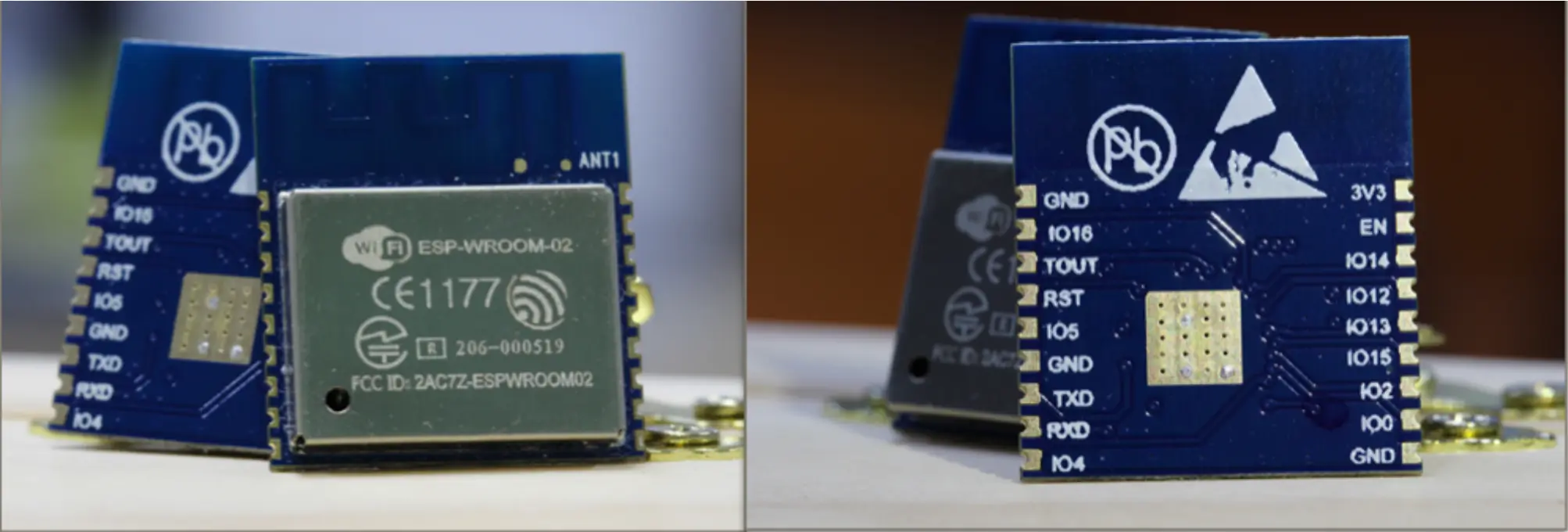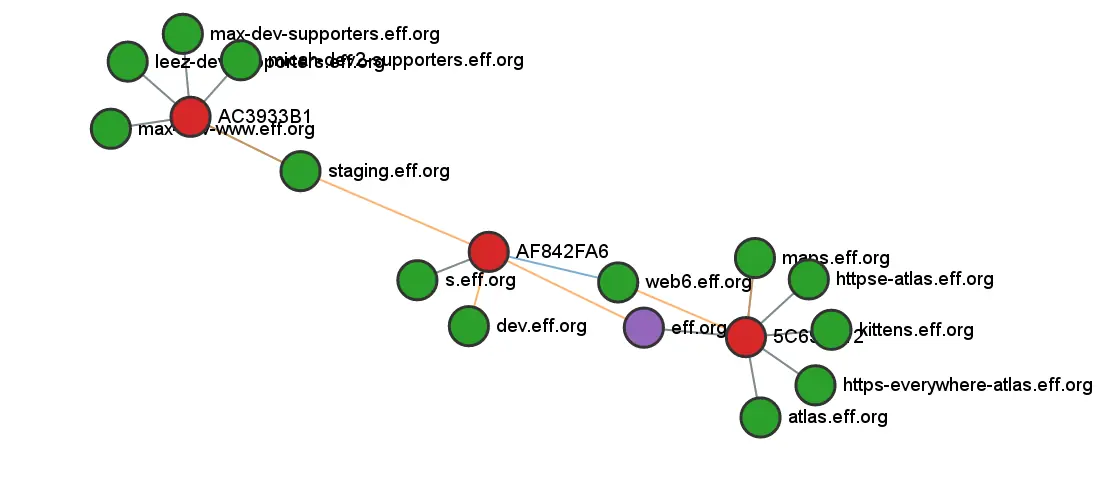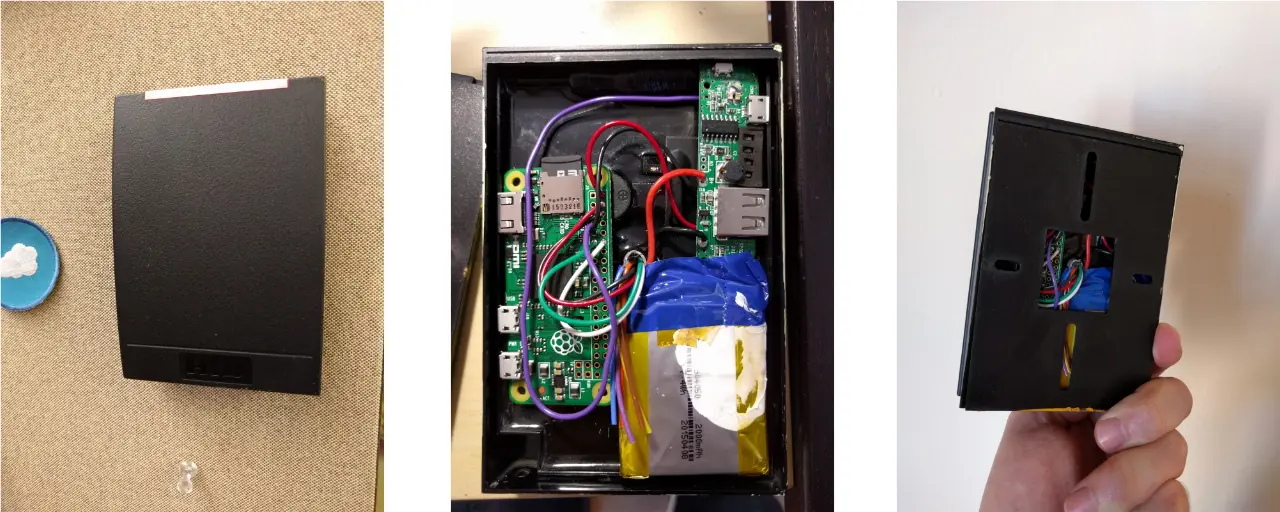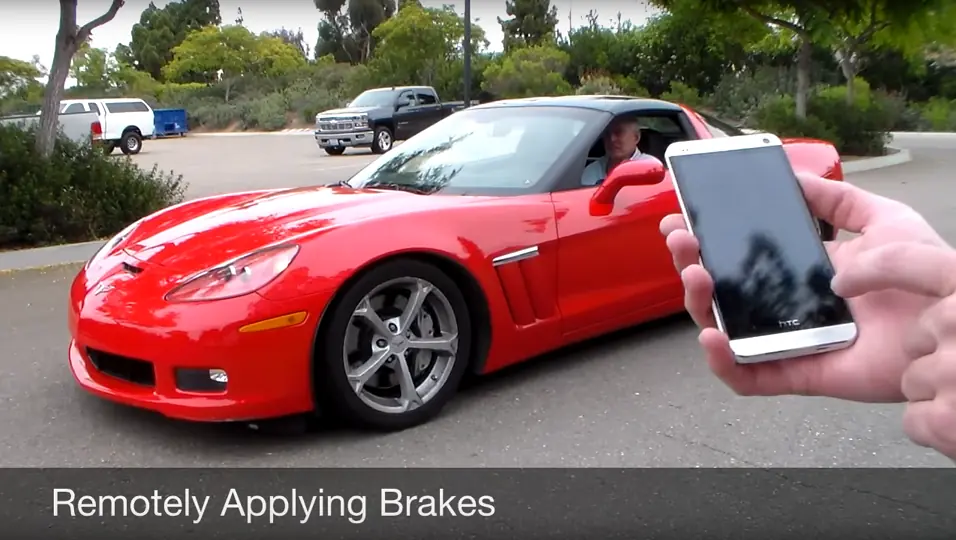
Programming Bare ESP-WROOM-02
A while ago I received a bunch of bare ESP-WROOM-02 chips on tape, but I could not find enough documentation to program them (partially out of laziness). With my recent interest in ESPHome, I decided to give them another try. This blog post contains the results of my research on how to program them. ESP-WROOM-02 The ESP-WROOM-02 is just a ESP8266 underneath. If you don’t have a breakout board like me, then you will need a UART adapter and make a few minimal solder connections to set the various boot modes to allow you to program the firmware. Once programmed for the first time, you can use OTA updates to allow flashing firmware over WiFi and not need to mess with the wiring every time you want to reprogram it. ...







